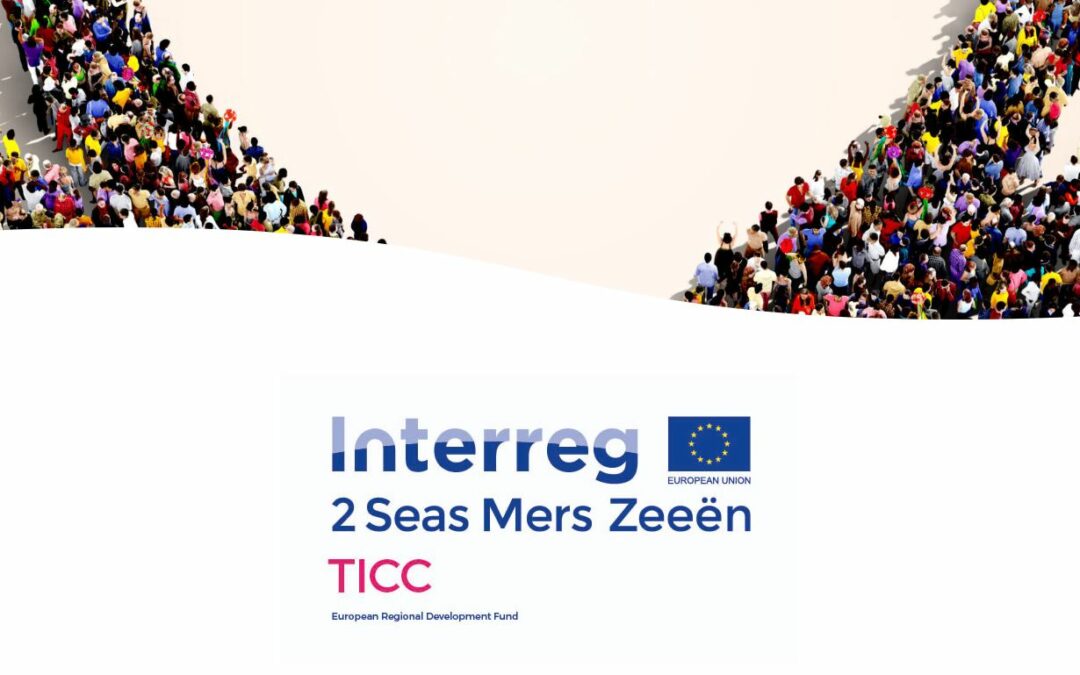In the first of this series of blogs, Brendan Martin explained that Buurtzorg’s purpose is to support people to live their lives with meaning and autonomy, based on the belief that we all want to maximise our quality of life and control over it but are also interdependent and in need of warm social interaction.
He argued that such a purpose requires change not only in “the everyday practices of health and care service” but also “political commitment to change the economic and social environment in which those services are provided”.
In the second of the series, he explored how, in Britain, nurses and other care workers have shown their ability to work in the Buurtzorg way, but “their organisations have been unwilling or unable so far to make the radical changes needed to enable and support them to do it sustainably at scale, and their local and national systems have compounded the barriers and challenges involved”.
In this, the third of the series, Brendan builds on those themes by reporting on the recently published ‘blueprint’ produced by the Transforming Integrated Care in the Community project, which has shown both the potential and the limitations of trying to apply the model within unwelcoming institutional constraints.
Buurtzorg Nederland has grown from a start-up social enterprise 17 years ago to be not only the largest and most successful Dutch provider of community health and care services but also an international exemplar of new ways of working and self-management.
Unsurprisingly, its success has inspired nurses and many others all over the world, and there are initiatives in a growing number of countries to improve care standards, job satisfaction and resource use by trying to apply the model.
One such initiative was the Transforming Integrated Care in the Community (TICC) project, undertaken by health and care providers in Kent, France and Belgium with the support of Buurtzorg itself and the European Union’s European Regional Development Fund Interreg 2Seas funding stream.
Originally a four-year project initiated by the Health and Europe Centre in 2017, it was interrupted and delayed by the Covid pandemic and continued into a fifth year. But TICC has now published its final written products.
We in Public World (trading also as Buurtzorg Britain & Ireland) were, like Buurtzorg, one of the advisory partners in the project, meaning that we provided learning and development support to the English ‘delivery partners’, Kent Community NHS Foundation Trust (KCHFT), Kent County Council and Medway Community Healthcare. (Like the ‘delivery partners’, we and Buurtzorg also co-funded the project.)
This involved helping them to learn about the Buurtzorg model as it works in the Netherlands, to experiment with its self-management methodologies, and to discover and try to overcome the organisational and systemic barriers to success.
The purpose was not to ‘cut and paste’ the Buurtzorg model but to build understanding, enable the partners to create their own solutions, and share knowledge.
So, for example, KCHFT engaged with 97 teams comprising 974 staff and introduced a new electronic patient record system and team dashboard while reducing the bureaucratic burden on them by streamlining processes and cutting out unnecessary policies.
Medway, in its own words, “embraced the philosophy and principles of the Buurtzorg model,” and worked to “develop a simple framework which we tested and refined”. In addition, “after an organisation-wide conversation, a new scheme of delegation was approved which identified the most appropriate role for approvals and sign offs – giving more autonomy to teams but still complying with NHS best practice on finance, procurement, and employment.”
While neither KCHFT nor Medway has replicated the Buurtzorg model, both have made changes that enable and support their nurses and other care workers to work with greater freedom and responsibility to meet the changing needs of the people they serve more creatively and responsively.
Like other project partners, they had to come up with their own solutions to some of the many barriers and challenges they encountered, and might have gone further had they been able to overcome others that proved more intractable.
The project identified some 250 specific obstacles, some of which were common across all the delivery partners. The most common was what the project report calls “challenges related to applying the Buurtzorg model in institutional contexts in which Buurtzorg values, culture and goals are not widely shared”. These included a mismatch of goals, performance indicators and regulatory requirements as well as more obvious barriers such as incompatible hierarchical structures and institutional systems.
Buurtzorg itself has encountered many systemic obstacles over the 17 years of its existence, of course, and not all have been overcome even now. Indeed, perhaps a key lesson of its experience is the need to combine a practical and pragmatic approach to achieving as much as existing institutional constraints allow while showing how much more could be achieved by loosening or removing them.
Although the TICC report includes a wealth of detail about what its project partners achieved, the challenges they faced and the solutions they developed, the rich lessons of the project are captured in a concise six-page chapter headed A blueprint for successful transfer of the Buurtzorg model.
Seeming to defy that title, it argues that replicating Buurtzorg’s success is not a question of copying what it has done but of starting with the same clarity of purpose as its founders did and following its logic from the core relationships at the heart of care to the organisational arrangements to support them.
Or, as Buurtzorg’s founder Jos de Blok has put it: “We started working with different countries and discovered that the problems are the same: the message every time is to start again from the patient perspective and simplify the systems.”

